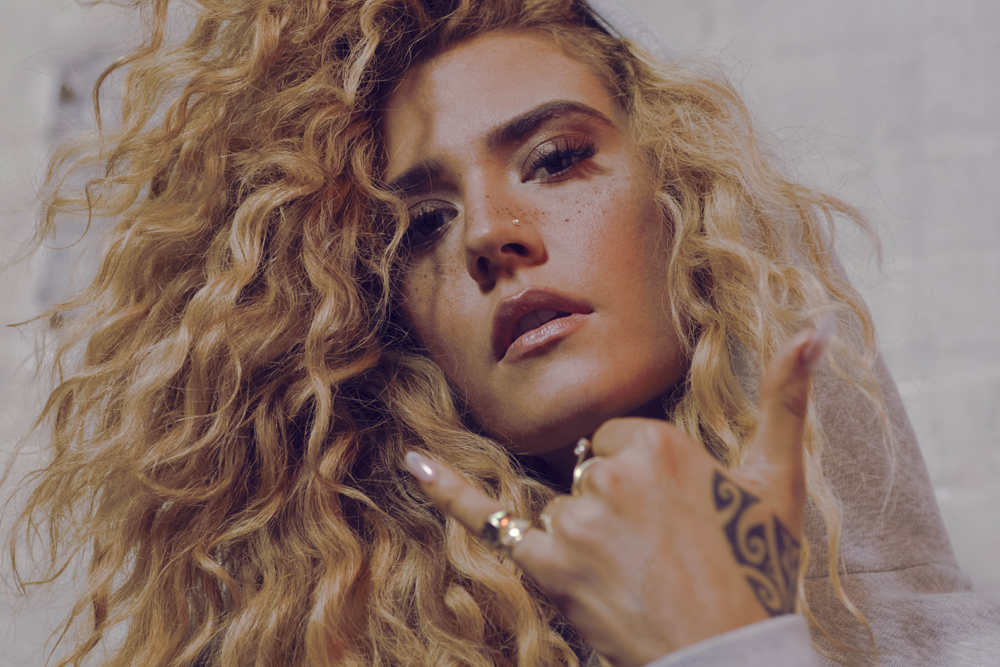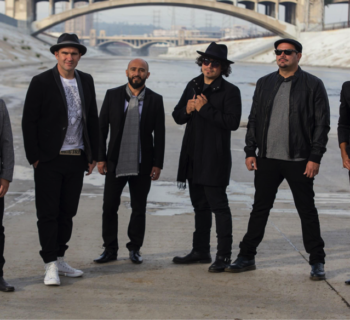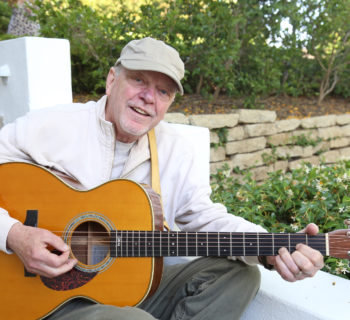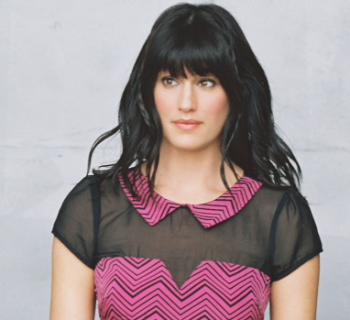A reader of Music Connection since his college days, Kirk Pasich founded Blue Élan as a different sort of record company. Having managed bands as well as represented labels and musicians as an attorney, Pasich’s experience allowed him to develop the indie label into a unique haven for musicians where fear of exploitation is nonexistent.
Artist #1
I knew a woman, Cindy Alexander. As a lawyer, I sue insurance companies, so when Cindy was diagnosed with breast cancer I helped her out. After that, she said she wished I had a label. So we formed Blue Élan and signed Cindy as our first artist.
Is It Good?
We’re not genre-specific. We have a wide variety, from classic rock to outlaw country to Americana to folk to rap. The common denominator is we have to think it’s really good. Is it good and can we do something that will make a difference for an artist?
Being Artist-Friendly
Forbes was kind enough to say we’re the most artist-friendly label in the business. We don’t do long contracts. We guarantee releases. We give full reversions of rights after the contract’s over, whether we’ve recouped or not. If we participate in the publishing, they own the publishing rights. [Our artists] own everything.
Excellent Terms
Some of our artists have been doing this for a long time, have Grammys and sold a lot of records. Those deals look a little different than the brand new artist. But generally speaking if you’re a new artist our deal pays you 40% of a true profit. We don’t have packaging charges and stuff like that. It’s a straight pass-through on costs.
One of the other big differences is what we recoup. Most labels recoup 100% of everything they spend. We don’t. And we give really good profit splits; I don’t think anybody does better than we do.
You Today, Not Your Past
When we signed Rusty Young of Poco, Rusty had never done a solo record. We wanted to sign him because of who he was and as a solo artist. We weren’t looking to sign Poco. Same thing with Gerry Beckley of America. We signed a solo deal with Gerry because we felt he had things to tell. We take artists in various stages of their careers. Some have been really successful but want to do something a bit different and this is the next chapter.
Finding Legends
I reached out to an artist named Janey Street. Her last major release was in 1984. I thought that was a great album, so we offered her a deal. We reached out to Gerry Beckley. I respect his solo work and think he’s a great songwriter, so I called him. Chelsea Williams, who Rolling Stone was kind enough to name one of their ten new artists to watch, I saw her on the Third Street Promenade and offered her a deal. She was a street singer, a busker, and her album blew up.
Here to Make a Difference
We’re not here just to sign on, go along for the ride and collect some money. We want to think we can make a material difference to what [our artists are] doing in some way. If we don’t think we can make a difference, even if we think we can make money, we won’t sign them.
Measuring Success
Artists have to be realistic about what it means to be a success these days. Is somebody going to sell more physical units than Bruno Mars? I don’t think so. Three years ago, we might have moved 25,000 or 30,000 physical units for an artist. We might move 10,000 now.
We had an album that debuted at #1 on Billboard’s world music chart. We had another that was top ten on their Americana chart. In 2016, we had the #1 album of the year on contemporary blues radio. Those are all pretty good markers of success. Did we have a gold record? No, but we have a Grammy nomination. It’s a different world.
Happy Artists
Our artists are our best sales force. Rita Coolidge did this thing at the Grammy Museum. I was there and had no idea she was going to go down this path. She talked about how Blue Élan was a new chapter, her favorite experience, and reminded her of the early days at A&M Records. We have a lot of people who say that. Our artists are happy.
It’s About the Artist
We have this slogan––it’s about the music, it’s about the artist, it’s about collaboration. We mean it. That is our mantra. I tell every artist, regardless of their experience in the industry or how long they’re with us, I want them to be able to say that this was the best experience they’ve ever had in the music industry. Nothing else to me is as important as that being their experience.
Artist Requirements
As an artist, you have to know who you are and who you want to be. If someone doesn’t know who they are, there’s not a lot we can do with it. That’s number one.
Number two, you have to get your live performance skill-set down. We’re going to look at you live, even if it’s playing in a conference room. We’re going to see what your stage presence is because so much is visual now. And so much depends on how you do on the road. You’ve got to hone your chops, which means you have to rehearse. You have to play that club where no one is listening. And you have to become an engaging performer.
The third thing is you have got to work hard. I have seen people who think they’ve hit it big because they’ve landed a label deal. That’s just the start of the journey.
Help Where You Need It
We’ve designed merchandise. We’ve taken over and administered websites. We don’t do any of this without the artist wanting us to, but we’re capable of doing merchandise design, content creation, social media help, you name it. We do limited editions. We do custom packages.
We have our artists collaborate with other artists, whether they’re on the label or not; we’ll set up that opportunity. We’re not an agent, but we look for opportunities. And we’re not managers but we sit down with almost everyone to talk about ideas and approaches. We arrange photography sessions. We arrange for people to meet with stylists and branding people. But we don’t tell our artists what to do. They have control over all creative aspects. We simply ask that they listen to our suggestions.
Anomalous Staff and Artists
We have fifteen people on staff. It’s a mix of newcomers and industry veterans. The common theme with all our veterans is they didn’t want anything to do with the big labels anymore. They came to us because we’re artist-friendly.
And we’re fortunate that two-thirds of our executives are women, which makes us a bit of an anomaly. It’s about the same percentage of our artists who are women, which also makes us a bit anomalous.
Bringing New Music Into Existence
Giving Rusty Young of Poco the encouragement to come out of retirement and do a solo album––that’s music that no one would have heard. We convinced Fanny to reunite, the first all-girl band with an album from a major label. We have a lot of new releases I’m excited about. One of them’s Colin Devlin of Irish band The Devlins. There’s not a single thing we’ve done that I wouldn’t put on my CD or record player and enjoy start to finish. That’s a privilege I never thought I’d have.
Years with Company: 4
Address: 1100 Glendon Ave., 10th Floor, Los Angeles, CA 90024
Phone: 424-313-7850
FAX: NA
Web: blueelan.com
Email: kpasich@blueelan.com
Clients: The Textones, Chelsea Williams, Rita Coolidge, Janiva Magness, Fanny, Jack Tempchin














